Introduction
Exploring alternative flights goes beyond just saving money on transportation costs. It offers a gateway to personalized travel experiences, stress reduction, and an invitation to explore the world through a new lens. This article delves into the various factors to consider when seeking alternative flights, such as the benefits of diverse destinations, the importance of sustainability in the aviation industry, and the role of customer reviews and recommendations in decision-making.
It also explores strategies for researching and booking alternative flights, including analyzing flight routes and connections, considering budget airlines and low-cost carriers, and evaluating customer satisfaction. Additionally, the article highlights the significance of flexibility in travel dates and times, understanding flight cancellation and rescheduling policies, and utilizing online travel platforms and comparison tools. As the aviation industry evolves, staying informed about the latest trends and making informed choices can enhance your travel experience and maximize the value of your flights.
Why Explore Alternative Flights
Exploring alternative flights can significantly enhance your travel experience, offering more than just savings on transportation costs. For instance, Virgin Atlantic's daily flights to London from various U.S. cities promise more than a mere transit; they invite you to immerse yourself in London's iconic landscapes. Similarly, the airline's routes to Manchester and Edinburgh open doors to rich history, culture, and local delights like football and whisky.
The benefits of alternative flights are not just limited to diverse destinations. Companies like Holiday Extras, leading the way in European travel extras, demonstrate how innovation, such as the implementation of ChatGPT Enterprise, can revolutionize the way travelers access essential services like airport lounges, hotels, and parking. These advancements showcase a commitment to enhancing the overall travel experience, catering to an international clientele with diverse needs.
Moreover, services like Going.com are pivotal in alerting travelers to exceptional flight deals from their local airports, addressing the 55% of Americans who find air travel stressful, according to Expedia's 2024 Air Travel Hacks Report. The report suggests booking domestic airfare 28 days in advance can save up to 24%, and international flights booked around 60 days prior can save around 10%.
Adding to the value, United Airlines' MileagePlus status offers a premium travel experience with benefits such as preferred seating and priority services. This is a testament to the evolving nature of air travel, where passengers are discovering new ways to elevate their flying experience and find monetary value in their choices.
As the travel industry continues to innovate, it's clear that considering alternative flights is more than a cost-saving trick; it's a gateway to personalized travel experiences, stress reduction, and an invitation to explore the world through a new lens. The key to unlocking these opportunities lies in staying informed about the latest trends and deals in aviation, as well as the innovative approaches companies are taking to meet the evolving demands of travelers.
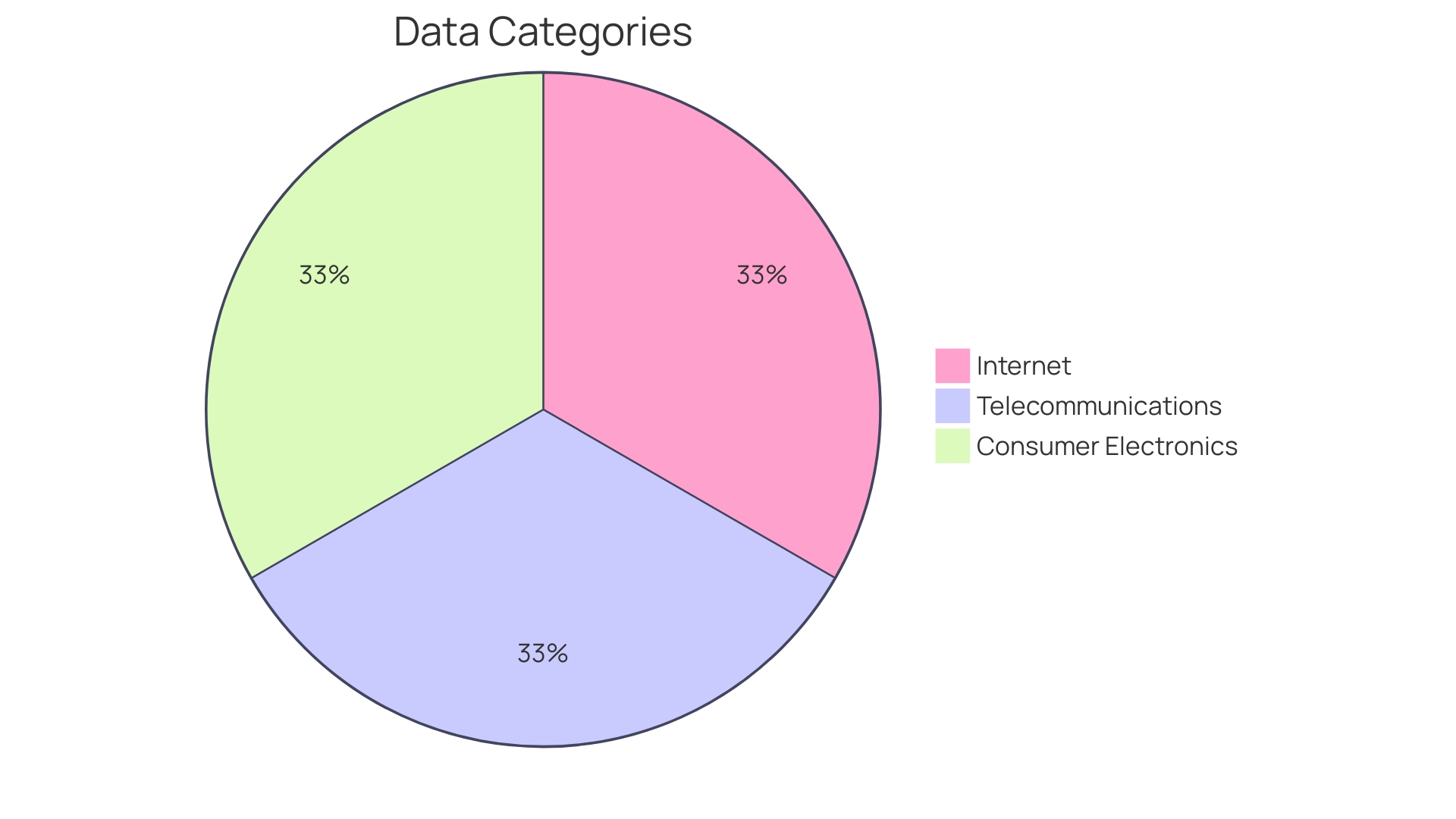
Factors to Consider When Exploring Alternative Flights
Alternative fuels are revolutionizing aviation, offering the potential to reduce the sector's carbon footprint and mitigate climate change impacts. The first transatlantic flight powered solely by green fuel, operated by Virgin Atlantic, exemplifies the industry's pioneering efforts. However, the scarcity of sustainable fuel supplies and the requirement for additional technology to meet emission targets highlight the challenges ahead.
Contrails, the white streaks trailing aircraft, contribute significantly to global warming—more so than CO2 emissions from burning fuel. Addressing contrail formation could substantially reduce aviation's environmental impact. With aviation accounting for approximately 3.5% of yearly global warming contributions, the urgency for innovative solutions like green-fueled flights becomes ever more pressing.
As the sector seeks to align with the Paris Agreement's low-emission goals, it is clear that a transformative approach is necessary. The flight industry's current practices are under scrutiny, and the commitment to sustainable transportation and net zero emissions is paramount. This commitment is demonstrated by collaborations such as Virgin Unite's partnership with RMI, aiming to tackle the challenge head-on.
For travelers, selecting an airline with a strong environmental policy becomes an important consideration. While customer service and comfort remain crucial, the environmental credentials of the carrier could influence decision-making. The Civil Aviation Authority's airline ratings may guide travelers, and direct inquiries into airlines' sustainability efforts are advised for those seeking greener travel options.
The narrative of aviation's future is one of innovation and sustainability. It's more than just finding the right flight; it's about making choices that align with the urgent need for environmental stewardship in the skies.
Researching Alternative Airlines and Routes
Navigating the skies for the best airline experience combines the art of preference with the science of data. Travelers across the United States are not only hunting for tickets that offer the best value for money but also balancing considerations like service quality, reliability, and the lure of frequent flyer rewards. The quest for the 'best' airline is subjective, yet it's rooted in common desires for cost-effectiveness and dependable service.
As the travel industry grapples with transparency, consumers face a gauntlet of hidden fees and surcharges that emerge only as they delve deeper into the booking process. The purported 'unbundling' of services by airlines, which turns seat selection and baggage check-in into separate charges, ostensibly offers freedom of choice. Yet, this freedom comes at the cost of transparency, with the true expense of travel concealed beneath layers of optional add-ons.
In response to this complexity, rigorous analysis are undertaken annually to cut through the noise and rank the major U.S. airlines based on a wide array of objective data points. Such analyses aim to present travelers with crystal-clear comparisons, revealing which airlines truly deliver on their promises of reliability, experience, and value. The results of these studies are eagerly anticipated, providing a beacon of guidance in the tumultuous sea of travel choices.
Amidst the cacophony of booking strategies and expert opinions, new tools are emerging to empower consumers. Google Flights, for example, now provides predictive insights into fare trends, advising when might be the best time to book a flight based on historical data. Such innovations are steadily peeling back the layers of airline pricing strategies, illuminating the path to the most cost-effective and comfortable travel experiences.
This pursuit of the ideal flight is a testament to the evolving dynamic between airlines and the travelers they serve. While the quest for the perfect airline continues, the journey is now armed with more data, clearer insights, and a stronger voice for the consumer.
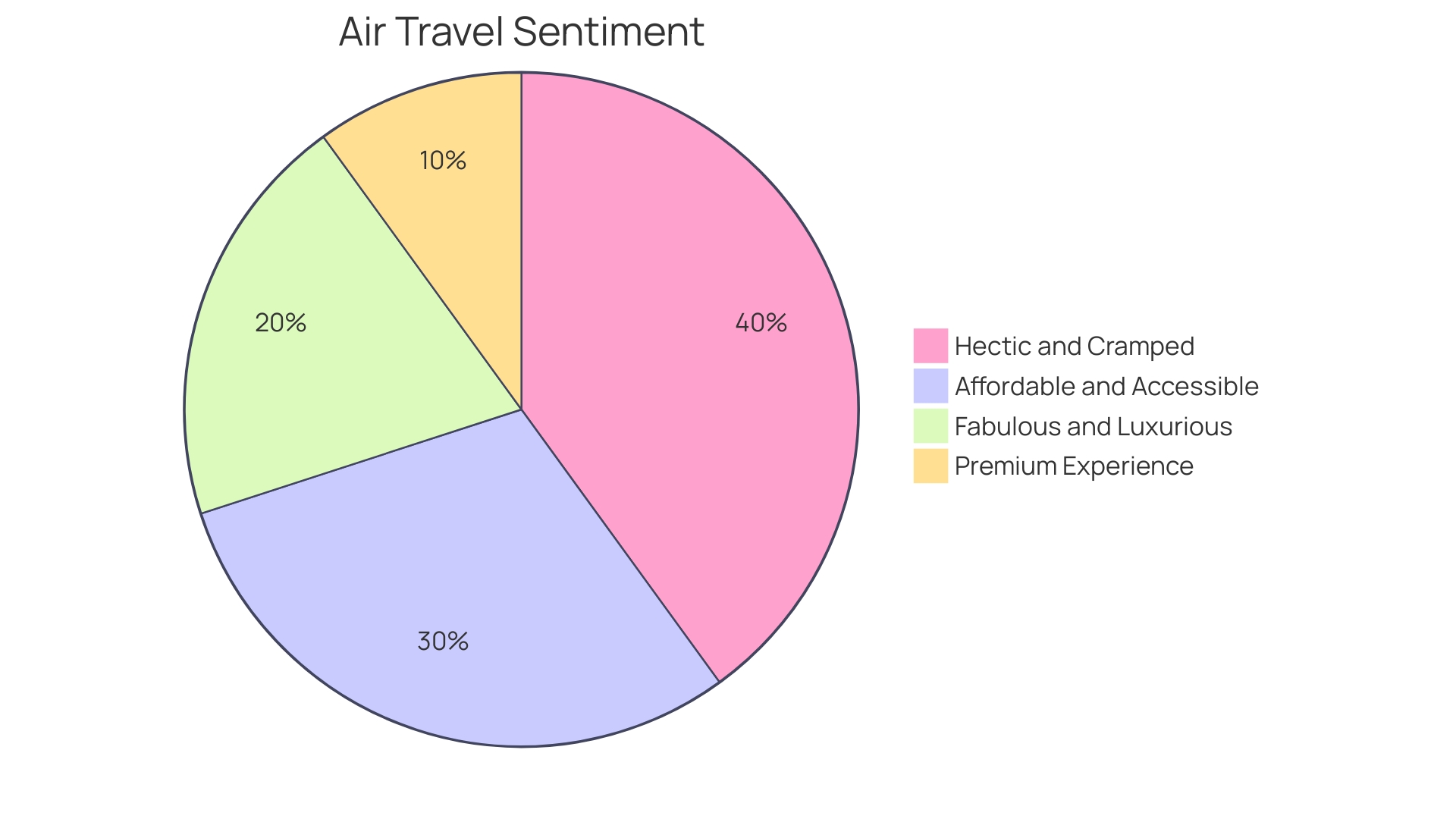
Understanding Different Flight Pricing Models
Navigating the multifaceted landscape of flight pricing requires a keen understanding of the different models employed by airlines, which can ultimately influence the cost-effectiveness of your travel. From the straightforward cost-plus methodology that considers the expenses of a flight before adding a profit margin, to the complex dynamic pricing where airfare fluctuates based on demand, seasonality, and market factors—each pricing strategy has its own set of advantages and challenges.
Recent trends in the aviation industry suggest a significant shift in airfare pricing. In the United States, air travel is experiencing a historic low, with average fares dropping nearly 25% compared to pre-pandemic levels. This decrease is attributed to several factors, including an increase in aircraft capacity and a reduction in jet fuel costs, as noted by Hayley Berg, the lead economist for Hopper.
For example, travelers booking domestic flights in February could enjoy an average round-trip fare of about $276, marking an 8% decrease from the previous year.
Airlines' adoption of dynamic pricing models has made award travel prices more variable, with costs aligning closer to those of cash fares. This shift towards a dynamic model reflects a broader industry movement towards using advanced predictive analytics, like those offered by MindsDB, to optimize revenue performance and adapt to rapidly changing market conditions. By leveraging data and machine learning, airlines can better forecast demand and adjust prices accordingly, offering travelers more tailored options while maintaining operational profitability.
Understanding these pricing strategies is crucial for anyone looking to optimize their travel budget, especially against a backdrop of fluctuating costs and evolving airline policies. With the insights from various industry analyses, travelers and professionals alike can make more informed decisions when booking flights, ensuring they find the best value amidst the ever-changing dynamics of air travel pricing.

Using Online Travel Platforms and Comparison Tools
Harnessing the capabilities of online travel platforms and comparison tools is akin to having a personal travel advisor at your fingertips. These digital resources have revolutionized the way we approach flight booking, offering a plethora of options to consider when seeking alternative flights. Google Flights, for instance, recently enhanced its platform with a feature that advises travelers on the optimal time to book their flights.
This tool analyzes historical data trends to indicate whether the current airfare for a chosen itinerary is higher or lower than usual, providing a forecast of potential price fluctuations.
Google's innovative tool doesn't just stop at providing real-time fare comparisons; it also offers personalized predictions on fare changes, helping users make informed decisions on whether to book immediately or wait for a more favorable price. For example, if you're eyeing a getaway to Austin, Texas, Google Flights displays typical airfares for your route and dates, enabling you to gauge if the prices you're seeing are a good deal based on past trends.
Furthermore, these advancements aren't limited to Google. Other online travel agencies (OTAs) are harnessing the power of Artificial Intelligence (AI) to simplify the travel planning process. Companies like Travelshift are pushing the envelope by offering platforms that manage entire trips through a single app, utilizing AI to optimize itineraries.
In an era where information is abundant and the timing of bookings can significantly impact costs, travelers are empowered to make more strategic decisions. The integration of AI and meticulous data analysis by these tools means users can expect to navigate the complexities of travel planning with greater ease and confidence, ensuring that the journey to finding the best alternative flights is as smooth as the flight itself.
Considering Layovers and Connecting Flights
When orchestrating business travel, layovers and connecting flights become pivotal in the overall efficiency and cost-effectiveness of the trip. With 62% of CEOs anticipating an increase in travel budgets, the focus on maximizing the return on investment from these trips is crucial. This necessitates a strategic approach to booking flights, aiming not only to minimize transit time but also to provide flexibility and comfort to the traveling employees.
Understanding the distinction between a round-trip and one-way flights is fundamental. A round-trip flight ensures a return to the original destination, while a one-way flight does not. It's also essential to consider that while two one-way flights might equate to a round-trip in terms of itinerary, they can differ significantly in terms of pricing and flexibility.
The convenience of alliances such as Star Alliance must be underscored, as they amalgamate the premier qualities of various airlines, offering seamless connections to a multitude of global destinations. This coalition caters to the intricate needs of business travel by endorsing high safety standards and superior customer service.
Recent news highlights the dynamic nature of the aviation industry, with announcements such as Alaska Airlines' acquisition of Hawaiian Airlines broadening the scope of available routes and aircraft options. Such developments can influence travel planning, offering more direct flights or better connecting options.
Business travel experts often recommend a minimum four-hour layover if exiting the airport is on the agenda. This advice acknowledges the need for a buffer to accommodate potential delays and the time required to enjoy local attractions. Virgin Atlantic emphasizes the importance of a well-rounded travel experience, which includes understanding baggage policies and leveraging airline partnerships for a broader network.
To navigate the unpredictable nature of air travel, downloading the airline's mobile app is invaluable. It provides real-time updates on flight status, allows for swift rebooking if necessary, and keeps the traveler informed about boarding and delays.
Overall, the strategic selection of layovers and connecting flights can have a tangible impact on the success of business travel, affecting not only the bottom line but also the well-being and productivity of employees on the move.
Flexibility in Travel Dates and Times
Seeking the most convenient and cost-efficient travel options, it's imperative to leverage flexibility in your travel dates and times. The sophisticated 'date grid' feature of Google Flights exemplifies this strategy by presenting varying ticket prices across flexible dates, which can significantly lower your expenses by choosing alternative travel days. Additionally, exploring different departure and arrival airports could yield substantial savings.
For instance, a Midwest resident might save hundreds by opting for a three-hour drive to a different airport.
Airlines like Southwest, renowned for their hospitality and customer loyalty, often provide discounted gift cards at Costco and Sam's Club, which can be a clever way to reduce travel costs further. Keeping an eye on these opportunities and acting promptly can lead to considerable savings.
Furthermore, strategic timing when booking can play a crucial role. For domestic travel, competitive prices are commonly found between one to four months in advance, with the potential for surprise deals emerging unexpectedly. Early morning or red-eye flights usually offer lower prices and reduced crowds, with the added advantage of fewer disruptions.
The operational and strategic balance is essential when considering flight times. A national study indicated that flight time adjustments, while capable of improving punctuality, might mask systemic issues. Therefore, it's beneficial to consider how airlines manage their schedules and resources, including aircraft, crew, and fuel, to mitigate delays and congestion.
To encapsulate, by employing flexibility and utilizing strategic tools and timing, travelers can navigate the complexities of booking air travel to their advantage, ensuring a more satisfying and cost-effective journey.
Booking Strategies for Alternative Flights
Mastering the art of booking can significantly enhance your travel experiences, ensuring you secure the most advantageous fares and convenient flight options. With the ever-changing landscape of air travel, knowing how to navigate booking websites and utilize tools like Google Flights can make all the difference. For instance, Google Flights now offers a prediction tool that analyzes historical data to suggest the optimal time to book a flight, potentially saving travelers money by avoiding peak fares.
When planning your journey, timing is everything. According to the Air Travel Hacks Report, domestic flights in the U.S. should ideally be booked 28 days in advance, with potential savings of up to 24% compared to last-minute bookings. For international flights, booking between 60 days and 4 months prior to departure is recommended for the best deals, marking a shift from the previous 6-month guideline.
Moreover, the day of the week you choose to book can also impact the cost. Data reveals that Sunday is often the best day to secure airfare, providing an opportunity for additional savings. While navigating these strategies, remember to check for details regarding your aircraft, especially if you have preferences or concerns, as airlines such as Alaska Airlines provide easy access to this information.
It's also crucial to stay informed about new developments in the airline industry. For example, low-cost carriers like easyJet, Ryanair, Volotea, and Wizz Air have announced new routes starting from March 2024, connecting various European airports for the summer season, highlighting the importance of staying updated on new travel opportunities.
Lastly, if you've booked through a tour operator or travel agent, direct communication is key for any rebooking queries. By keeping these pointers in mind, you can navigate the complexities of flight bookings with confidence and ease, ensuring a more personalized and cost-effective travel experience.
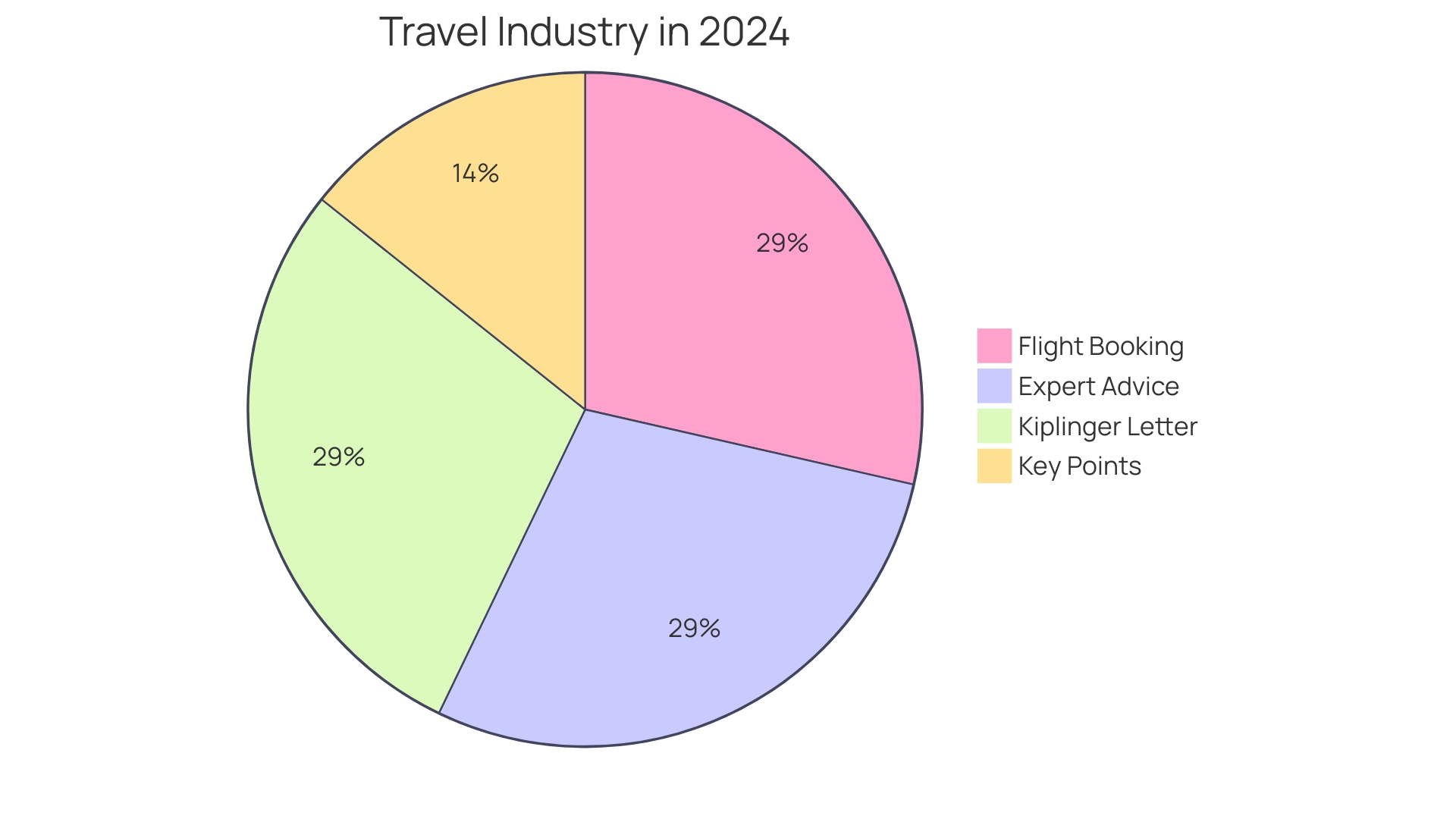
Considering Budget Airlines and Low-Cost Carriers
Budget airlines and low-cost carriers are reshaping the travel industry by providing more affordable and accessible options for air travel. These airlines strip down the traditional flying experience to its essentials, allowing passengers to customize their journey according to their needs and budget. With the ability to choose what you pay for, such as luggage allowances and seat selection, travelers can manage their expenses more effectively.
Despite the no-frills approach, safety remains a top priority, and incidents are rare compared to other modes of transportation. Moreover, innovative companies like Allegiant Travel are introducing new nonstop routes, often to underserved markets, further broadening the horizons for cost-conscious flyers. As the aviation landscape evolves, these carriers play a pivotal role in democratizing air travel and providing a competitive alternative to traditional airlines.
Evaluating Customer Reviews and Recommendations
Understanding the nuances of airline customer experiences can be pivotal for travelers looking for alternative flights. Evaluating customer reviews and experiences involves considering more than just the ratings; it requires a look at the comprehensive service provided by airlines. According to the Power 2024 North America Airline Satisfaction Study, SM, airlines that prioritize staff training and recruitment are excelling in customer satisfaction by offering a friendly and attentive service which counteracts the stress of crowded travel spaces.
This underscores the importance of considering the 'human factor' when reading through customer reviews.
Additionally, the ease of the travel process and the trust in safety measures also play a critical role in passenger satisfaction. This information is valuable when perusing reviews—the focus of customers on these aspects should inform your decision-making. For instance, Virgin Atlantic promotes its unique flight experiences to destinations like London and Edinburgh, emphasizing service quality, attention to detail, and comprehensive baggage information, all of which are elements to look for in customer feedback.
Moreover, the introduction of tools such as CoBrowse by United Airlines, which enhances customer support during the booking process, is an example of airlines investing in customer experience. When examining reviews, look for mentions of such innovative services that facilitate a smooth reservation process and support during your travel planning.
In the context of airline reliability, on-time departures and arrivals are increasingly becoming a top priority for business travelers, as revealed by recent industry challenges. Reviews highlighting an airline's punctuality and efficiency in handling unexpected changes, such as those regarding the aircraft model, can be particularly telling.
It's also essential to pay attention to the frequency and nature of customer complaints. The American Customer Satisfaction Index and WalletHub scores can be additional resources to cross-reference with personal testimonials, offering a more data-driven perspective on airlines' performance across various service categories.
Finally, remember that experiences shared by customers are their reality, not merely perception. As the experts suggest, experiencing the service firsthand is the best way to understand the reality of customer experiences. This wisdom should guide your interpretation of reviews, as it's the collective voice of the customers that ultimately paints the most accurate picture of an airline's service quality.
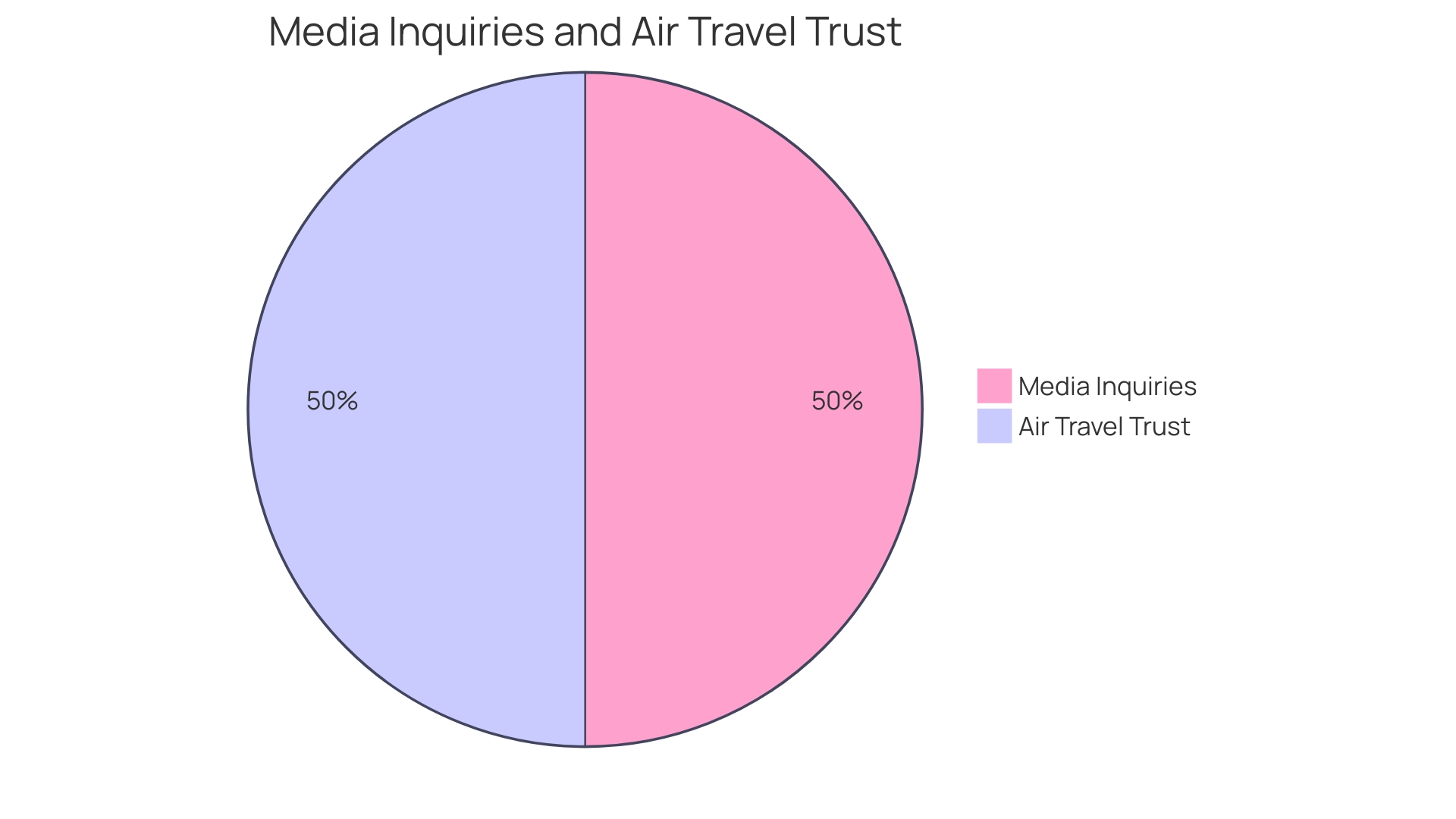
Analyzing Flight Routes and Connections
The aviation industry's dance with route optimization is intricate, juxtaposing passenger convenience against cost-effectiveness for airlines. This delicate balance pivots on whether to establish direct routes or to route passengers through a network of connections. The complexity of this decision is underscored by the Origin-Destination (OD) demand, which must be matched with the Legs, or the traffic routing component, that airlines offer in response.
This constitutes a modern manifestation of the Graph Sparsification problem in graph theory, presenting a combinatorial puzzle that airlines solve using Mixed Integer Programs (MIP).
Recent airline expansions, such as Delta's increased Caribbean presence and proposed new routes, exemplify this dynamic. These developments not only reflect strategic growth but also illustrate the underlying data-driven decisions airlines make. As new routes are considered, airlines must evaluate not just the direct demand but also the potential for connecting traffic, which can be the lifeblood for less prominent routes.
Data has long been the backbone of aviation, from early manual logging to today's automated systems that influence everything from customer experience to engine efficiency. The intricate web of data exchange among manufacturers, pilots, and planners has historically facilitated a safe and efficient aviation landscape. Now, data's domain extends to predictive maintenance and real-time air traffic management, enabling airlines to optimize their operations and anticipate maintenance needs before they escalate into more significant issues.
These data-driven strategies ensure not only the safety and reliability of aircraft but also the smooth orchestration of flight routes and connections, positioning the aviation industry at the forefront of technological innovation and operational excellence.

Considering Seasonal and Off-Peak Travel
Exploring alternative flights during less busy travel periods can lead to a host of benefits, from reduced costs to enhanced experiences. For instance, off-peak travel is linked to economic growth and reduced unemployment, as pointed out by a Destination Always report by Economist Impact, with the travel and tourism sector contributing significantly to global revenues.
Savvy travelers understand that timing can greatly affect the quality and cost of their trips. Nicole Cueto, a seasoned traveler, uses tools like Momondo and Going to stay informed on the best deals and is open to adjusting her airline choices based on affordability. Similarly, the Fairmont Monte Carlo leverages TravelAds to target audiences during slower seasons, achieving an impressive 95:1 return on ad spend for 2023 and an 85% year-over-year increase in room nights.
However, it's also crucial to consider the potential drawbacks of traveling during low seasons. According to a related blog, tourism operators may close during periods of low demand, which can leave travelers with limited activities. For example, visiting a summer hotspot in winter could result in closed establishments and fewer services.
Moreover, managing jet lag with tools like the Timeshifter app can be particularly useful for off-peak travelers, who often deal with less predictable schedules. The app employs scientific evidence to offer personalized suggestions for light exposure and sleep patterns, aiding travelers in adjusting to new time zones more efficiently.
Even in the face of climate change, which researchers believe may shift tourism patterns poleward, travelers are adapting. During Europe’s summer 2023 heatwave, tourists altered their schedules to avoid the heat, indicating a resilience in travel behavior despite environmental challenges.
Ultimately, off-peak and seasonal travel requires a balance between taking advantage of economic benefits and being mindful of the potential limitations of the destination during quieter times.
Understanding Flight Cancellation and Rescheduling Policies
Navigating the complexities of flight cancellations and rescheduling can be a daunting task, especially when faced with the stress of an unexpected itinerary change. For instance, a family prepared to fly from Madrid to Bali via Istanbul with Turkish Airlines encountered such a disruption. Their flight was abruptly canceled after boarding, resulting in an unplanned overnight hotel stay and rebooking on a different airline, which further complicated their journey by separating family members during the flight.
This situation highlights the importance of understanding airline policies and having strategies in place to manage such inconveniences.
Amidst the turmoil of travel disruptions, passengers can take certain measures to safeguard their plans. Opting for trip protection can be a wise investment, as some services offer immediate rebooking on any carrier in case of delays or cancellations. However, it's crucial to recognize that travel insurance may not cover all scenarios, such as being removed from a flight due to personal actions.
Given these uncertainties, it's advisable for travelers to proactively monitor flight details, sign up for notifications regarding any changes, and promptly address any discrepancies in rewards or miles earned.
Moreover, recent industry movements, such as the proposed acquisition of Hawaiian Airlines by Alaska Airlines, may influence flight availability and scheduling. As the aviation landscape continues to evolve, staying informed and prepared for potential changes can help mitigate the impact of cancellations and rescheduling on your travel experience.
Booking Alternative Flights: Tips and Best Practices
Navigating the complexities of booking flights, especially when seeking alternative options, can be a daunting task. Airline pricing structures are notoriously intricate, and the logic behind airfare costs can sometimes seem counterintuitive. For instance, return flights may cost less than one-way tickets, and indirect routes can be strangely cheaper than direct ones.
Understanding these peculiarities is crucial for travelers looking to secure the best deals.
When faced with overbooked flights—a trend that has seen a significant rise with the resurgence of travel post-2022—passengers may find themselves involuntarily bumped from their flights. Yet, this situation presents opportunities: a study by Volantio reveals that 78% of travelers would consider changing their flights for financial incentives. Leveraging this willingness to switch can be a strategic move in rebooking.
Moreover, timing your booking can impact your travel experience. Flights later in the day have a higher chance of cancellation, while early morning flights may involve longer waits due to busy airports. Opting for a midday flight could offer a sweet spot, avoiding crowds and reducing the risk of delays.
The mode of booking also plays a role in how easily you can manage flight changes. Booking directly with airlines tends to facilitate easier changes, as opposed to navigating the policies of third-party agencies, which can be more cumbersome and time-consuming.
In light of these insights, travelers are advised to:
- Monitor overbooked flight trends and consider offers to switch flights for compensation.
- Aim for midday flights to avoid peak times and potential cancellations or delays.
- Book directly with airlines for greater ease in managing reservations.
- Stay informed about your flight details, including aircraft models, and sign up for notifications on any changes.
These strategies can help ensure a smoother and more successful travel experience, even when booking alternative flights.
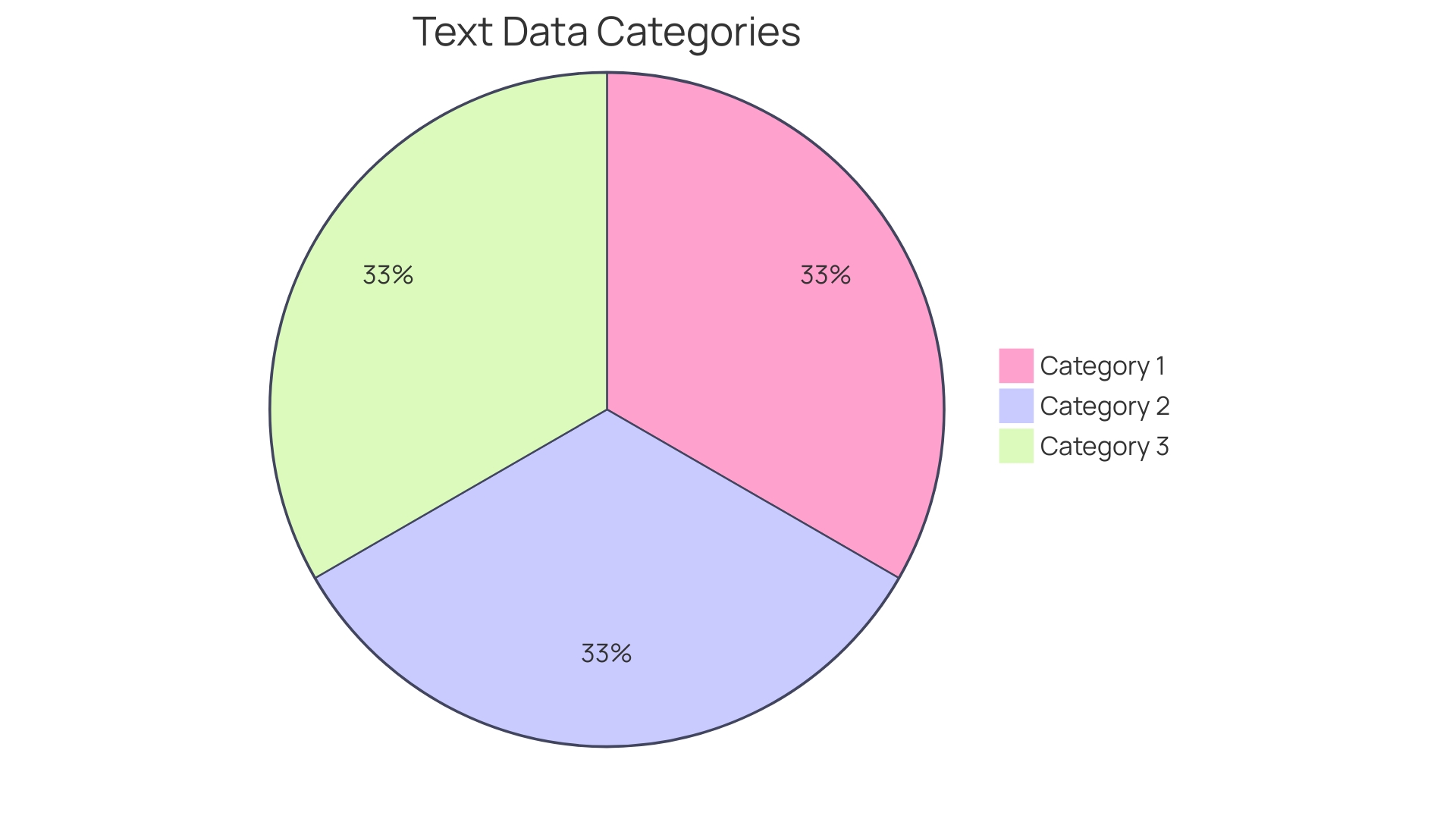
References
The aviation industry has reached an epochal milestone with the successful transatlantic flight of a large passenger plane solely powered by alternative fuels, achieved by Virgin Atlantic. This trailblazing feat, taking off from London's Heathrow and touching down at New York's JFK airport, marks a tangible step toward the aviation sector's commitment to net-zero carbon emissions. It's a testament to the relentless pursuit of sustainable aviation, even as global climate challenges, underscored by extreme weather events and the ever-present gaps in international climate action, intensify the need for innovative solutions.
The momentous flight, supported by government funding, underscores the growing recognition that greener aviation is not just a vision but an attainable reality. However, the journey is not without its obstacles. A consistent supply of alternative fuels remains a challenge that the industry must address to maintain momentum on this path.
Virgin Atlantic's pioneering flight, although not carrying fare-paying passengers, was a significant demonstration, hailed by the Transport Secretary as a historical achievement.
Virgin Atlantic, since its establishment in 1984 by Sir Richard Branson, has been synonymous with innovation and customer service excellence. As of 2023, the airline has been recognized as a Global Five Star Airline for seven consecutive years by APEX in the Official Airline Ratings. With its formidable team of over 7,500 employees and a network spanning 30 destinations across four continents, Virgin Atlantic, alongside its shareholders and partners, stands at the forefront of the industry's evolution toward sustainable flight.
Meanwhile, aviation continues to play a pivotal role in global connectivity and commerce, with American airports alone managing nearly 3 million passengers daily. This staggering volume of air traffic not only contributes substantially to the US GDP but also emphasizes the sector's critical importance to the world economy. The commercial aviation industry, with a fleet surpassing 28,000 aircraft, is responsible for transporting over 40 billion pounds of freight annually, reinforcing its status as the backbone of international trade and travel.
As the industry forges ahead, strategies for operational efficiency come under scrutiny. Opting for a single aircraft type is increasingly recognized as an effective measure to minimize expenses, particularly those related to personnel training and maintenance. The nuanced requirements for each aircraft variant, such as the Airbus A330-300's compatibility with three different engine models, highlight the cost benefits of a streamlined fleet.
These developments in the aviation industry, from revolutionary flights to operational strategies, are not only reshaping the way we approach air travel but also reflect the sector's commitment to safety and sustainability. As the industry propels itself towards a greener and more efficient future, it continues to maintain its reputation as the safest mode of transportation, with airline accidents occurring at an impressively low probability.
Conclusion
Exploring alternative flights offers more than just cost savings. It provides personalized travel experiences, stress reduction, and a fresh perspective on the world. Factors to consider include diverse destinations, sustainability in the aviation industry, and customer reviews.
Researching and booking alternative flights involves analyzing routes, considering budget airlines, and evaluating customer satisfaction.
Flexibility in travel dates and times is crucial for convenience and cost-effectiveness. Understanding different flight pricing models, utilizing online travel platforms, and considering layovers and connections can optimize the booking process. It's essential to understand flight cancellation and rescheduling policies to manage unexpected disruptions.
Booking strategies for alternative flights require mastering the art of timing and staying informed about the industry. Considering budget airlines and low-cost carriers can provide affordable options without compromising safety. Evaluating customer reviews and recommendations is important for understanding the overall service quality.
Analyzing flight routes and connections helps airlines balance passenger convenience and cost-effectiveness. Data-driven strategies optimize operations and ensure safety and reliability. Considering seasonal and off-peak travel can lead to cost savings and enhanced experiences.
In conclusion, by staying informed, utilizing online tools, and considering flexibility, travelers can enhance their travel experiences and maximize the value of their flights. Making informed choices and staying updated on the latest trends in the aviation industry can greatly enhance the overall travel experience.
Stay informed and maximize your travel experience with Universal Fuel Technologies!




